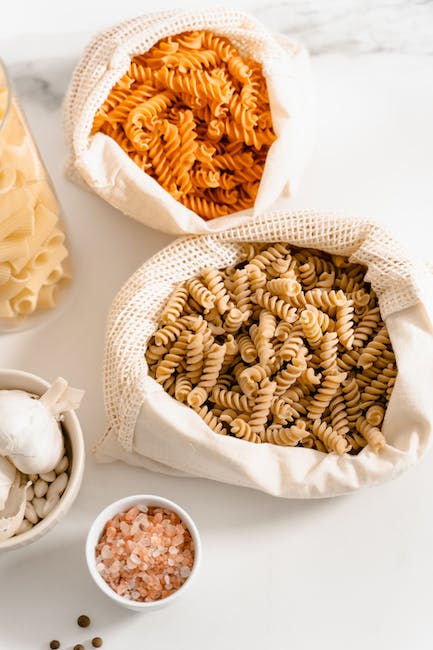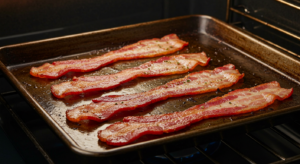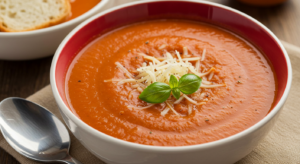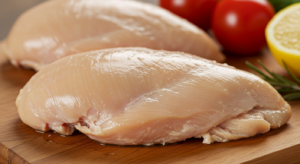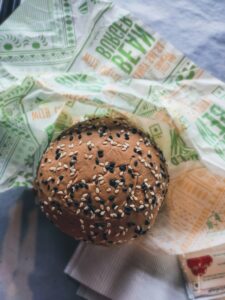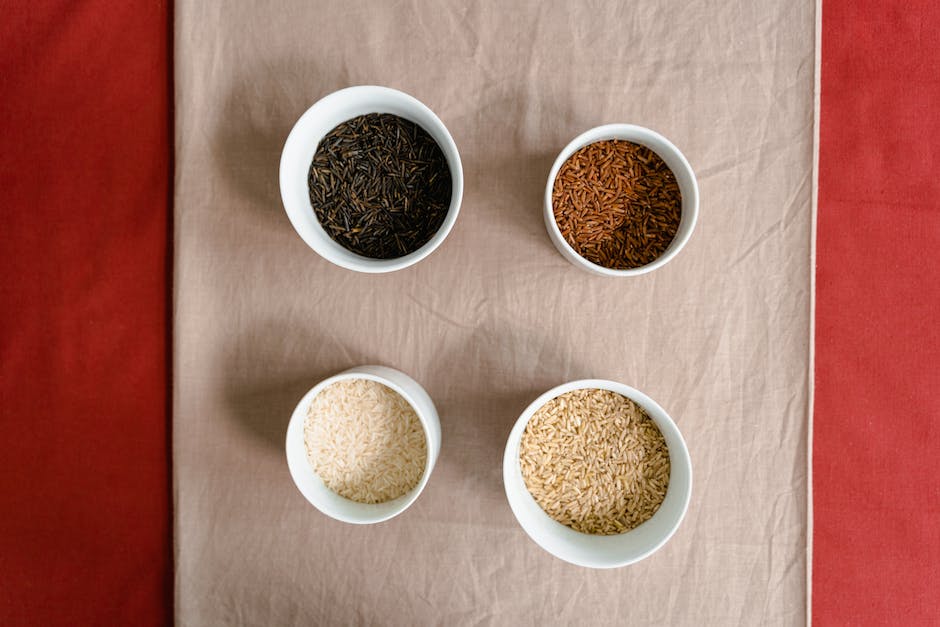
Choosing Your Chicken: Fresh or Frozen
When you’re about to boil a whole chicken, it’s important to first decide whether to use a fresh or frozen chicken. Fresh is often considered the best option since it retains the most flavor and produces the best results. However, if you only have a frozen bird on hand, you can still achieve excellent results with just a few additional steps. First off, ensure that the bird is completely thawed before you begin to prevent uneven cooking.
The decision to use fresh or frozen chicken largely comes down to convenience and personal preference. Keep in mind, though, that the cook time may slightly vary if you’re working with a frozen bird since it needs time to thaw properly. Understanding this fundamental aspect is an important step as you learn how to boil chicken.
Size Matters: Depends on the Size
Determining how long to boil whole chicken greatly depends on the size of the bird. A smaller chicken will cook more quickly than a larger one. As a standard rule, begin checking your chicken for doneness after it’s been boiling for about 45 minutes.
As mentioned, a smaller bird will usually be done around the 45-minute mark, while a larger chicken may require up to an hour. Remember, the key to perfect and tender juiciness lies in not overcooking the chicken, so it’s important to keep an eye on the time and adjust the cooking period as needed.
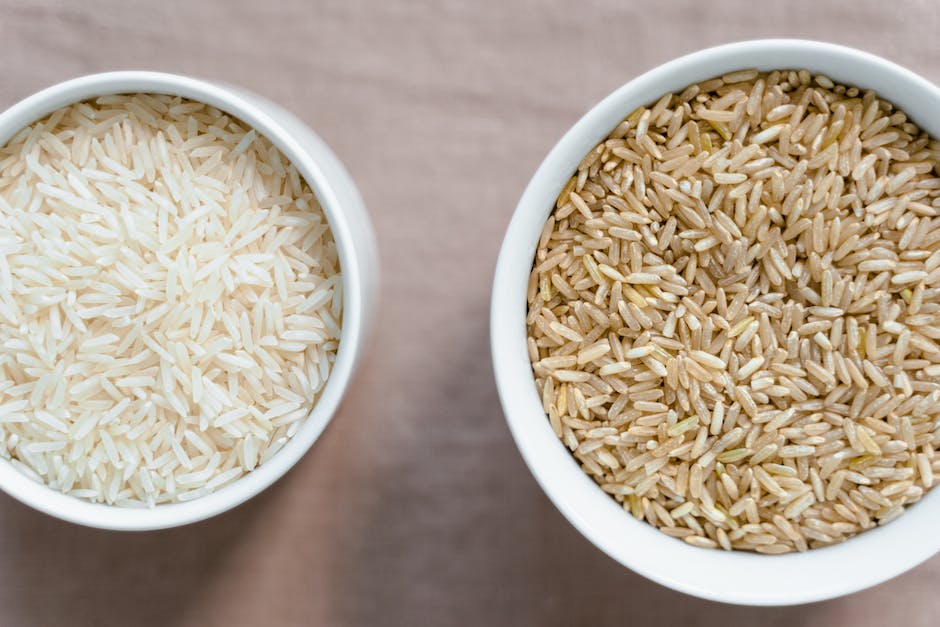
Cooking Procedures: Large Pot and Water
Start by placing your whole chicken into a large pot. The pot should be large enough that the chicken fits comfortably inside with room for water to circulate around it. This ensures even cooking and helps the chicken maintain its flavor.
Next, cover the chicken with water. You want the water level to be at least an inch above the chicken. To elevate the flavor, consider adding seasoning, vegetables, or a couple of bay leaves to the pot. This not only imparts great taste to the chicken but also creates a delicious broth that can be used in other chicken recipes.
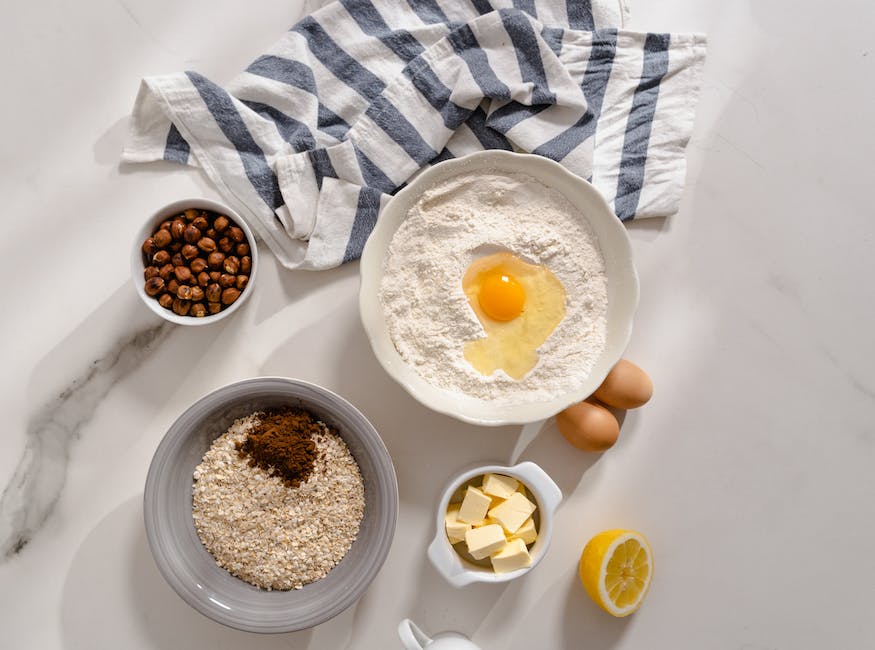
Getting Ready: Bring to a Boil
Once your chicken is comfortable in the pot and the water duly covers it, it’s time to set things in motion. You’ll need to bring to a boil. Do this on high heat as it’s the quickest and most efficient method.
Once it reaches a boil, reduce heat to a simmer. Let it gently bubble over the course of the cooking time. This step is crucial if you want that tender, fall-off-the-bone texture beloved in boiled chickens. Leave it undisturbed apart from a few checks here and there.
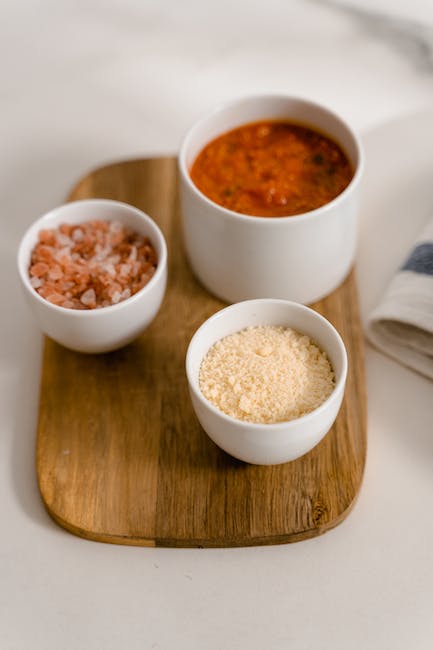
Checking Doneness: Internal Temperature
The best way to check the doneness of your chicken is to measure the internal temperature. To do this, insert a meat thermometer into the thickest part of the chicken, without touching the bone. The chicken is fully cooked when it reaches 165 degrees Fahrenheit.
This is a fail-proof way of ensuring your chicken is perfectly cooked through and safe to eat. The USDA recommends an internal temperature of 165 degrees for poultry, as it kills any potential bacteria. Adhering to this temperature guideline ensures a safe, delicious, and succulent chicken.
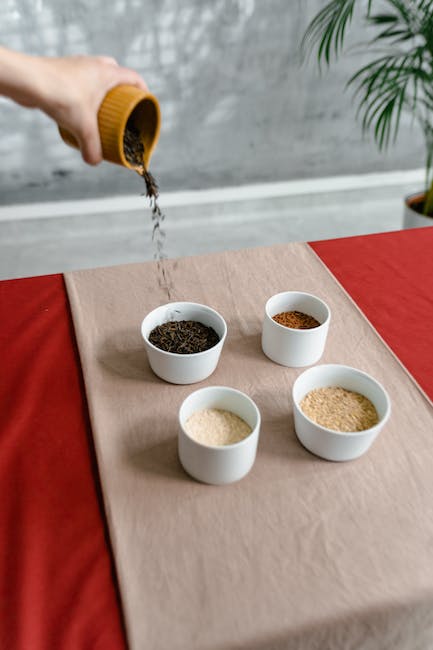
Working With Portions: Chicken Breasts
If you’re only cooking chicken breasts, the procedure is the same. The only difference is the cooking time, as breasts will cook faster than a whole chicken. Again, be sure to check the internal temperature and make sure it reaches 165.
To retain the tender juiciness, make sure the breasts are fully submerged in the boiling water. Follow the same procedures laid out above and you’ll be rewarded with perfectly cooked chicken breasts that are ready for your next dish.
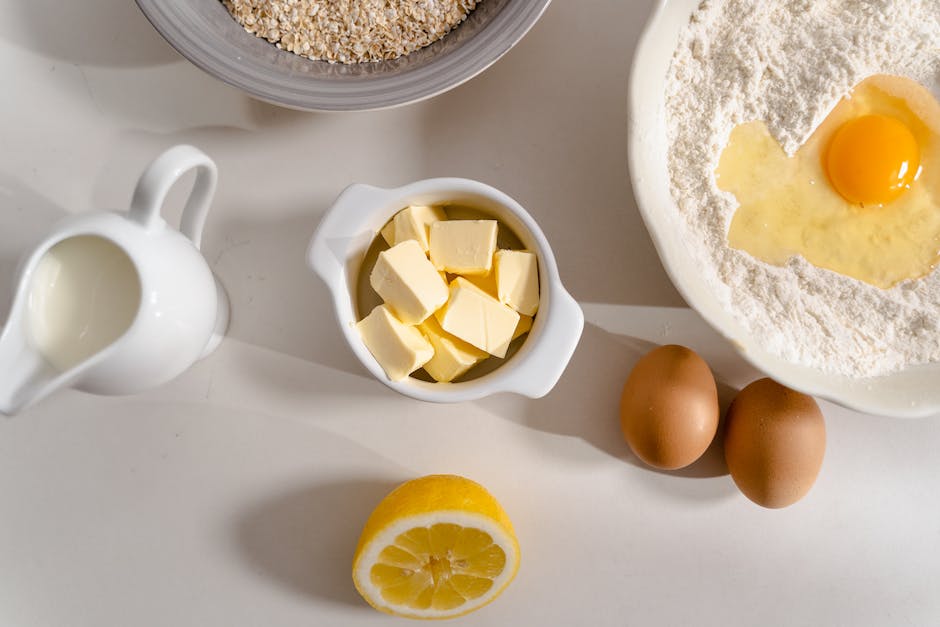
Straight-To-The-Point: Jump to Recipe
For those in a hurry to get things going, you can always jump to recipe. Whenever a recipe is available, utilize that opportunity to save time and get straight to the cooking.
Remember that while a recipe can provide a guideline, the actual cook time can vary depending on multiple factors. These include the size and freshness of your chicken, altitude, and individual stove heat.
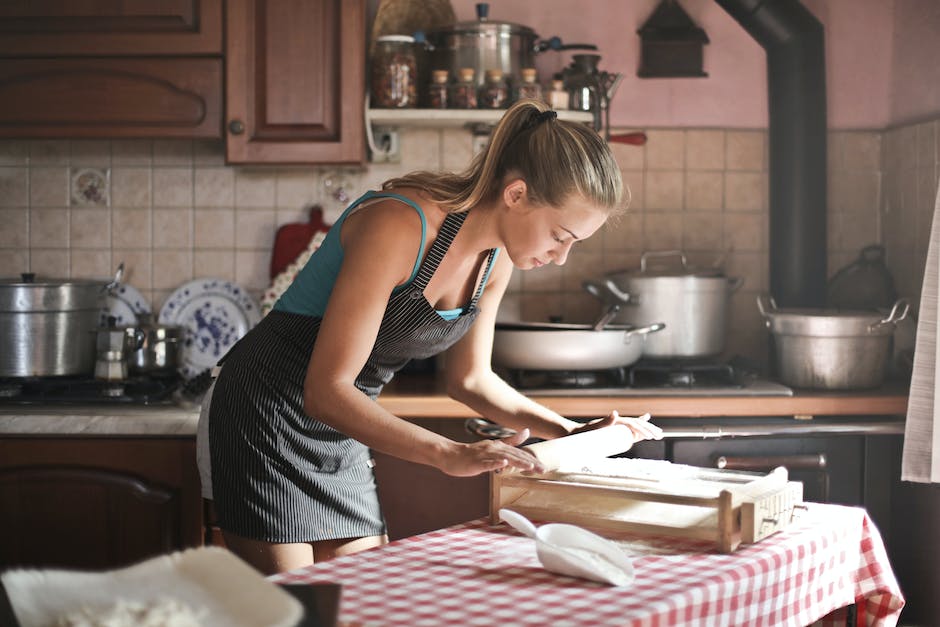
Affiliate Links
Please note this post may contain affiliate links for products used in making this recipe. Whenever you purchase through these links, we may get a small commission at no extra cost to you. Check them out for handy tools and ingredients that will make your cooking process easier.
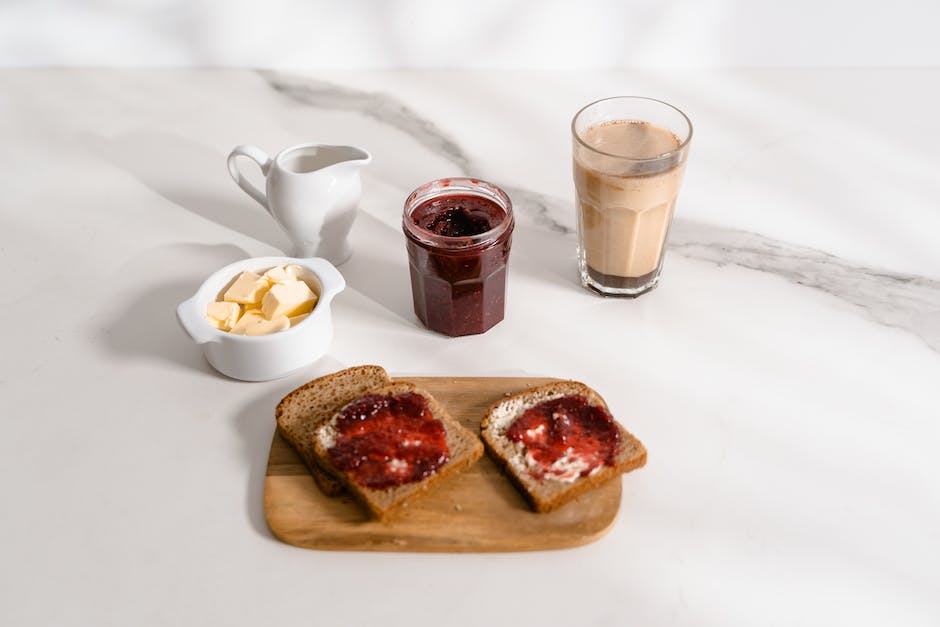
FAQ Section
How long should you boil a whole chicken?
Generally, a whole chicken should be boiled for about 45-60 minutes, depending on its size.
Do I need to cover the chicken with water?
Yes, it’s best to cover the chicken with water for even and thorough cooking.
Can I use a frozen chicken?
Yes, you can use a frozen chicken. Just ensure it’s completely thawed before boiling.
Does the chicken need to reach 165?
Yes, for safety reasons, the chicken’s internal temperature should reach 165 degrees Fahrenheit.
How can I add flavor while boiling?
Consider adding seasonings, vegetables, or bay leaves to the pot to enhance flavor.
Is it necessary to bring the water to a boil?
Yes, bringing the water to a boil before reducing it to a simmer helps in even cooking.
Should I use a large pot for boiling chicken?
Yes, a large pot allows the whole chicken to fit comfortably, providing better results.
What if I’m only boiling chicken breasts?
Chicken breasts will cook faster than a whole chicken but should still reach an internal temperature of 165 degrees.
Should I trust the recipe completely?
While a recipe provides a guideline, actual cook time can vary based on many factors including chicken size, freshness, altitude, and individual stove heat.
What are affiliate links?
Affiliate links are product links for which we receive a small commission if you make a purchase through them, at no extra cost to you. They’re shared to help make your cooking process easier.

